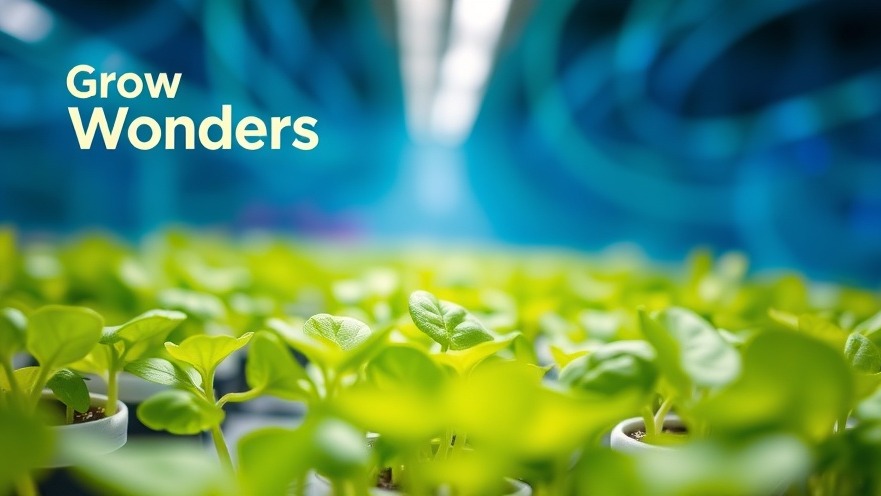
Unveiling the Secrets of Soil-less Sprout Growth
In a world that often glorifies traditional farming methods, have you ever wondered how sprouting can defy the natural laws of soil and sunlight? In the viral short How Sprouts Grow Without Soil or Sunlight, viewers are introduced to a fascinating method that turns conventional agriculture on its head. This article delves deeper into the science behind growing sprouts, the health benefits they offer, and how this innovative technique can revolutionize our approach to urban gardening and sustainable living.
In How Sprouts Grow Without Soil or Sunlight, the discussion dives into innovative agricultural techniques, exploring key insights that sparked deeper analysis on our end.
What Makes Sprouts So Special?
Sprouts are not just a trendy salad addition; they are little powerhouses of nutrition. Packed with vitamins, minerals, and antioxidants, sprouts are incredibly beneficial for our health. For example, mung bean sprouts are known to enhance digestion and support heart health, while broccoli sprouts contain compounds that may help detoxify the body. Incorporating sprouts into your diet is a simple yet effective way to boost your nutrient intake.
Understanding the Science: Hydroponics in Action
The method of growing sprouts without soil typically involves hydroponics—a technique that uses water mixed with nutrients. This innovative approach allows plants to absorb water and essential minerals directly through their roots. With the right balance of nutrients and water, sprout growth can thrive in an indoor environment using only moist conditions and controlled temperature. This process not only makes it possible to grow food in limited spaces, but it also significantly reduces the environmental impact associated with traditional farming.
Personal Insights: A Journey of Sustainable Living
As someone who is passionate about promoting a healthier lifestyle, I decided to try sprout cultivation in my apartment. It was surprisingly simple! Using just a glass jar, some seeds, and water, I witnessed the rapid growth of fresh sprouts within a few days. This experience taught me that anyone can embrace sustainable living—with minimal effort and cost. Sprouting has become a delicious and nutritious addition to my meals, and I encourage everyone to experience this rewarding process.
Practical Tips for Growing Your Own Sprouts
If you're intrigued by the idea of growing your own sprouts, here are **five simple steps** to get started:
Choose Your Seeds: Select seeds that are specifically meant for sprouting, such as alfalfa, radish, or broccoli seeds.
Prepare Your Equipment: All you need is a glass jar, a piece of mesh or cheesecloth for covering, and a rubber band to hold it in place.
Soak the Seeds: Rinse and soak your seeds in water for about 4-8 hours.
Drain and Rinse: After soaking, drain the seeds and rinse them with fresh water, returning them to the jar.
Keep Moist and Rinse Daily: Place the jar in a cool, dark spot and rinse the seeds 2-3 times a day to keep them moist. Within a few days, you’ll see them sprouting!
Fostering a Connection to Our Food
Growing your own sprouts connects you to the food you consume, transforming your relationship with healthy eating. This small-scale farming not only contributes to better nutrition but also promotes self-sufficiency and a sense of accomplishment. In an era where we often feel disconnected from our food source, taking the initiative to grow something ourselves is both empowering and fulfilling.
In Conclusion: Embrace the Sprouting Trend
As we navigate the complexities of modern living, methods like soil-less sprouting offer countless opportunities for healthier choices and sustainable practices. Whether you're a seasoned gardener or a complete novice, the simplicity and rewards of sprouting are accessible to everyone. By embracing these innovative techniques, we can contribute to a healthier lifestyle while nurturing our environment.
 Add Row
Add Row  Add
Add 




Write A Comment